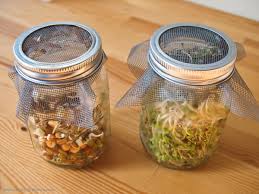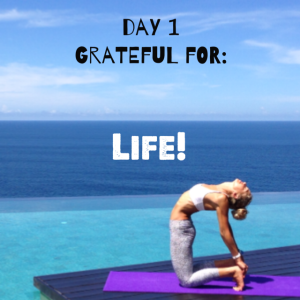Last night I was privileged to speak at a fundraiser for the Butterfly Foundation, an organisation that supports Australian’s experiencing eating disorders, and the topic of the evening was about body image.
I’ve been a professional body worker now for 12 years, and have worked therapeutically with thousands of people through the medium of physical touch, body awareness, movement and connection.
The topic of how we perceive our bodies, our body image, is one that’s been at the heart of my professional exploration for a long time. It’s also been central to my personal growth, struggles and breakthroughs.
What I’ve come to learn over the past decade is that cultivating a positive body relationship is intrinsic to our health.
In fact, let’s leave out the words positive and negative and just say cultivating a relationship with our body is intrinsic to health.
Do you feel connected to your body or disconnected from it?
When I think about and observe negative body image in myself and others I get a sense of real disconnect from the body.
A lack of seeing the body as something to engage with but instead seeing it as an object that we just happen to be stuck with.
Weight and good looks are always in the forefront of body image issues, but body image is so much bigger than that.
I see negative body image expressed in both women and men in phrases like: too fat, too old, too thin, too stiff, too flexible, too weak, too short ect.
In phrases like, “My shoulder just won’t work.” “My hips always give me problems.” “I”m always getting sick, my body just isn’t that resilient.” “I have terrible skin.” “I’m just too old.”
The comments always are about being too much or not enough or stuck in some pattern.
In this paradigm the value of the body is placed on how it looks and what it can do for us, and our self worth and identity are attached to that.
The yoga system tells us that this approach to our existence leads to suffering, and I can tell you from personal experience that it does.
I grew up doing ballet and dancing since the age of 5 and was very much influenced by the feminine ideal of thin and delicate.
I had the role modelling of older dancers exchanging tips on diet pills, laxatives and it wasn’t uncommon to hear someone purging in the studio toilets.
When I was 16 my body attacked itself. I got an autoimmune disorder that attacked my endocrine system and hormones, I rapidly put on weight, and had to deal with a number of symptoms that left me feeling exhausted and unwell.
I cursed my body for not functioning like it should. I felt ashamed of how my appearance changed and inability to dance like I used to. And I felt lost without my identity as a lithe ballerina.
I spent the next few years trailing hormone therapies that had worse side effects than the actual autoimmune disorder and tried to escape my body, anxiety and misplacement of self worth through eating disorders.
AKA: Suffering!
When I was 19 I quit Uni and decided to go to massage school in search of something more meaningful. I was on a quest to heal and understand why my body attacked itself and I knew that the high stress environment of achievement was not the path.
This is when I started practicing yoga and I began to learn about a whole new value system.
Identity
I think the greatest lesson Yoga taught me was that that our true identity is the pure light within us. It’s called purusha and can be likened to the word soul. It’s the light in our eyes that connect to the light in other people’s eyes, that knows without saying, that we see illuminated in innocent children.
This is the part of us that does not change. Everything else through life changes, our appearance, our relationships, our work, or health everything else changes, but the light within us stays constant.
The Yoga Sutras tell us that identifying with that which changes leads to suffering. We therefor need to learn to identify with our light, our purusha, that does not change.
The Body Speaks
Secondly, this system teaches us that our body is not just a machine to do tasks or a mask to live behind, but an expression of a deeper truth and a fascinating and complex sensory organism giving us information about ourselves and the world around us.
It is a microcosm of the macrocosm, a dynamic ecosystem containing the mysteries and laws of the whole universe. The yoga system teaches us that everything we need to know is within us, and we simply need to look inwards and listen.
Rather than just looking at my body, I was slowly learning how to look into my body and listen to it.
And this is what I mean by developing a relationship with our body.
When we’re connected to our body we learn to dialogue with it, when we’re disconnected from our body we place demands on it.
Breath body practices, especially ones with mindfulness involved, like yoga or chi gong, thai chi teach us how to have a working relationship with our body and then the way we value it begins to change completely.
I see two major disconnects that trigger negative body image:
- One is that we think more about how we look than how we feel, and
- Secondly we think more about what our body can do for us rather than what it’s telling us.
Awareness of our body is the gateway into who, what and how we are right now in this present moment. It’s a system full of feedbacks and information telling us exactly what we need.
Look at your body as a book full of information about you and giving you information about the world around you. Your body is not just a car carrying your mind around, but is an expression of a deeper truth, it is a manifestation and expression of our beliefs and ultimately our inner light.
Shift into a more positive body image right now!
- Remember your true identity is the light within.
- Ask how your body feel, rather than how it looks.
- Ask what your body is telling you, rather than what it can do for you.
What has helped you cultivate a positive relationship with your body?








